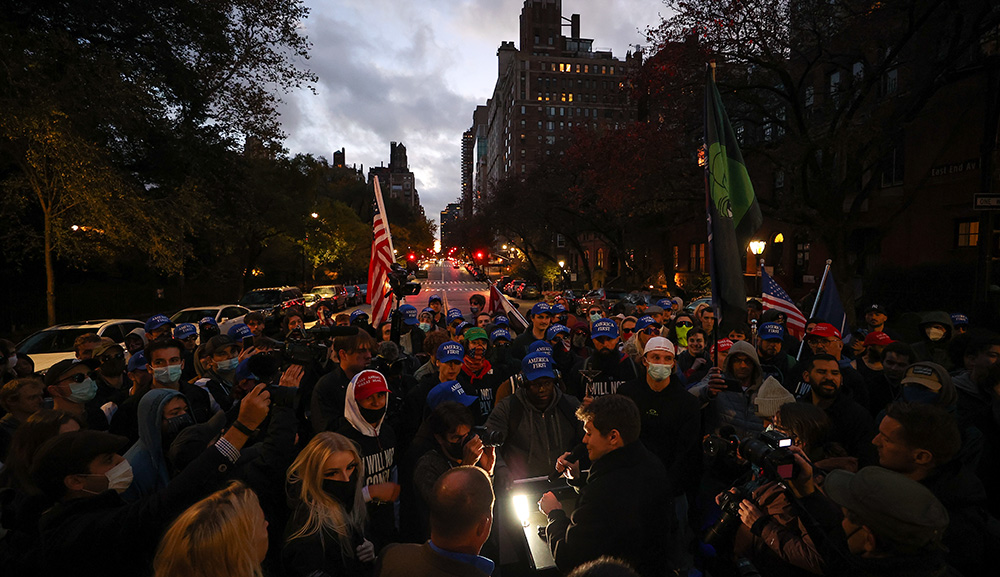The prophet Jeremiah inveighs on multiple occasions against worship that takes place on bamot (singular, bamah), a term usually translated as “high places.” With even greater frequency, the book of Kings condemns the Israelites for maintaining such sanctuaries, which are mentioned in other biblical books as well. Ellen White describes the archaeological and linguistic evidence, and some of the theories proffered by scholars, as to what exactly the bamot were:
The term bamah can mean back, hill, height, ridge, or cultic high place. In the biblical text it is used to mean “the backs of one’s enemies,” “heights,” “top of clouds.” or “waves of sea.” Because of this, the scholar Roland de Vaux said, “The idea which the word expresses . . . is something which stands out in relief from its background, but the idea of a mountain or hill is not contained in the word itself.” This could explain why this word is used even though some of the shrines were not located on hills. The Ugaritic and Akkadian cognates usually mean an animal’s back or the trunk of its body. The Akkadian can also mean land that is elevated. In the text of the Bible, bamot can be found on hills, in towns, and at the gate of Jerusalem (2 Kings 23:8). Ezra 6:3 says they were in the ravines and valleys. The location of a bamah in a valley can also be seen in Jeremiah 7:31 and 32:35. . . .
It is believed [by most experts] that bamot were artificial mounds, which may or may not include a prominent rock. There is some debate as to whether the word bamah refers to [the mound or] to the altar itself. [Such explanations] could account for references to bamot being “built” and “destroyed.” Often attached to the bamot were buildings—houses or temples—where services were conducted and idols were kept. . . .
De Vaux suggested that Israelite bamot were modeled after the Canaanite ones. . . . In [the ancient fortress of] Megiddo, located in the Carmel Ridge overlooking the Jezreel Valley from the west, a bamah was believed to have been found. The structure was a 24-by-30-foot oval platform, which stood six feet tall, was made of large stones, and had stairs that lead to the top. A wall surrounded the structure.
A cultic structure found in Nahariyah, in the western Galilee, was discovered in 1947 and dates to the Middle Bronze Age, but was used until the Late Bronze Age [i.e., it was used during the second millennium BCE]. It consisted of a circular open-air altar, [similar] to the one found in Megiddo, and a rectangular building probably used as a temple workshop. It is also believed that two bamot from the 7th and 6th centuries BCE were found on a hill near Malhah [in southwestern Jerusalem].
Read more at Bible History Daily
More about: Archaeology, Book of Kings, Hebrew Bible, History & Ideas, Idolatry, Jeremiah


